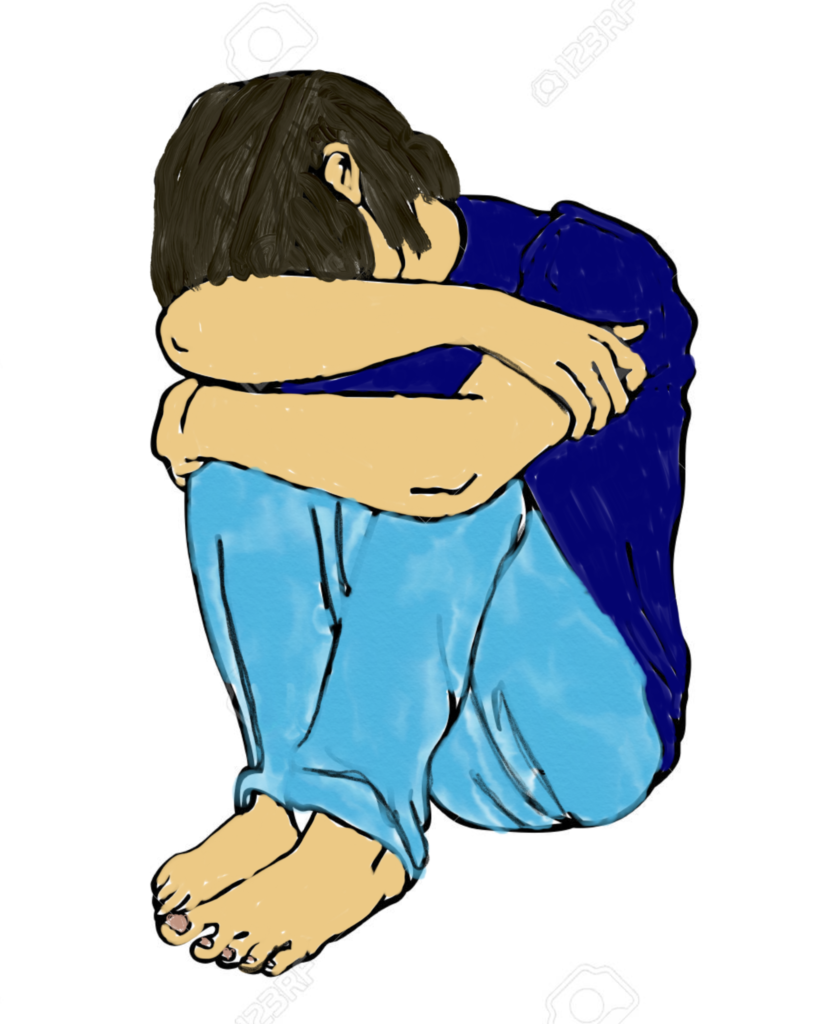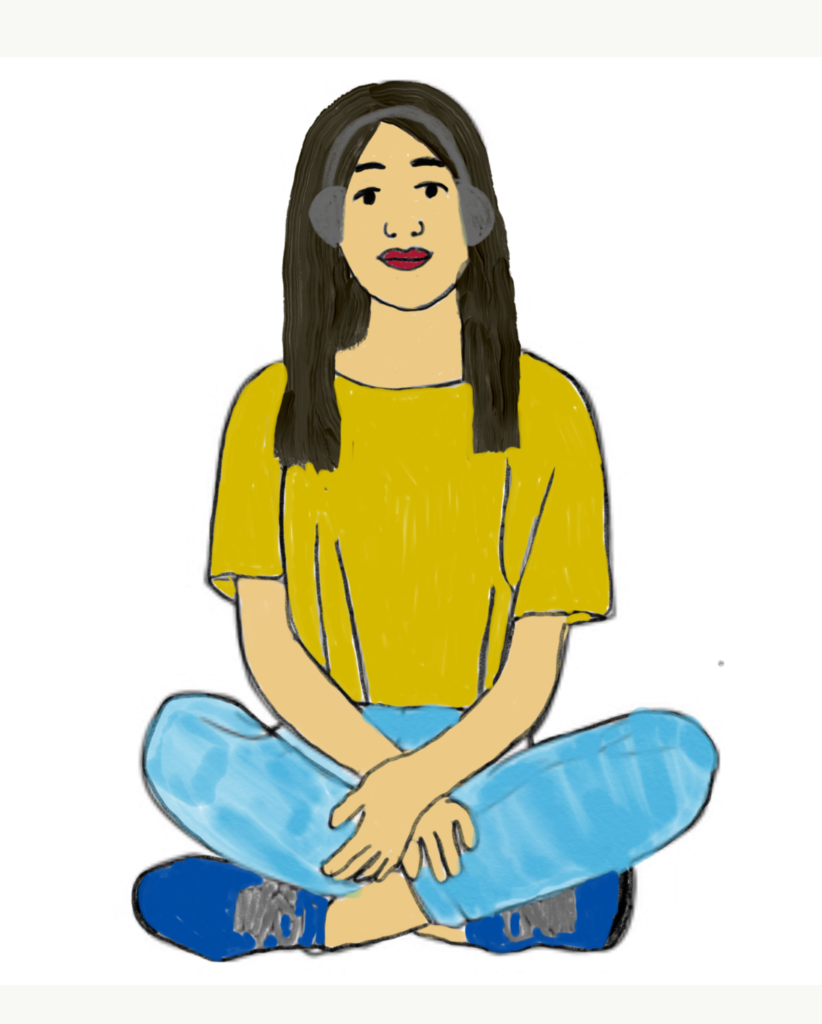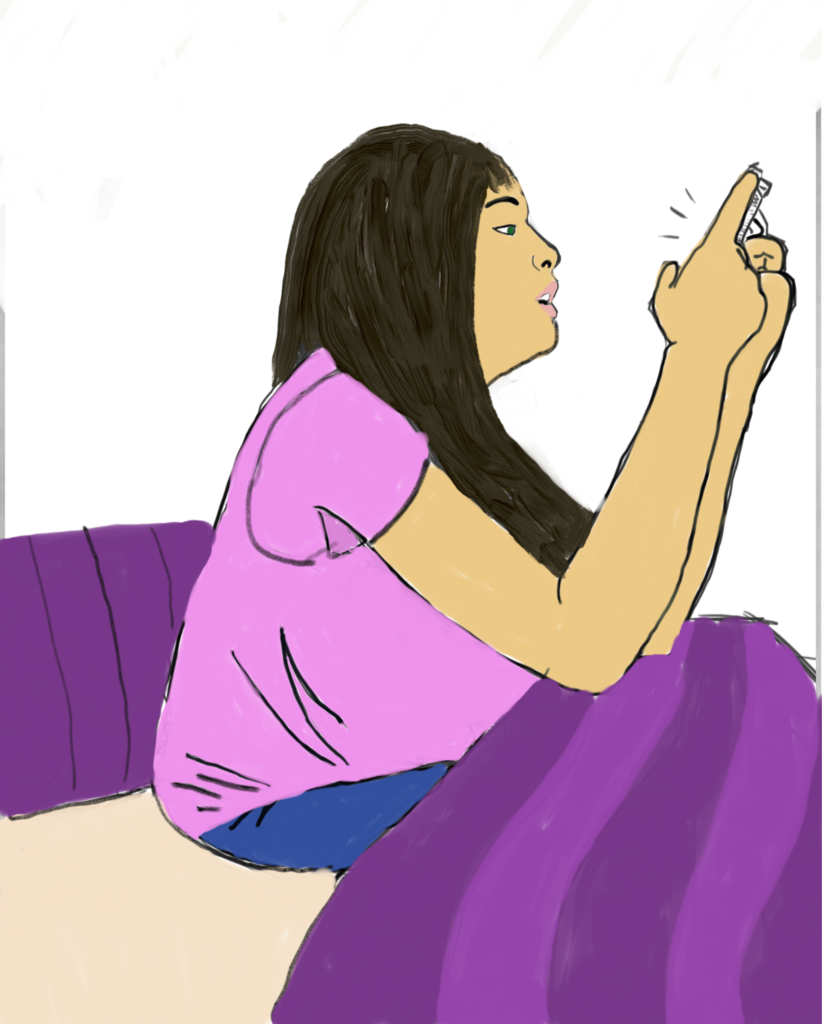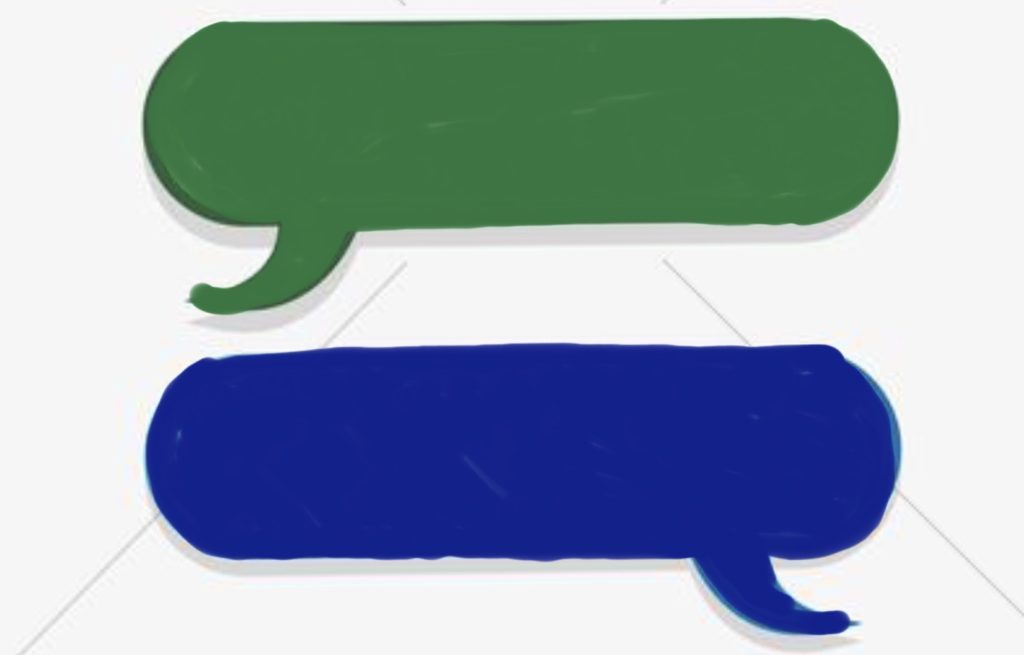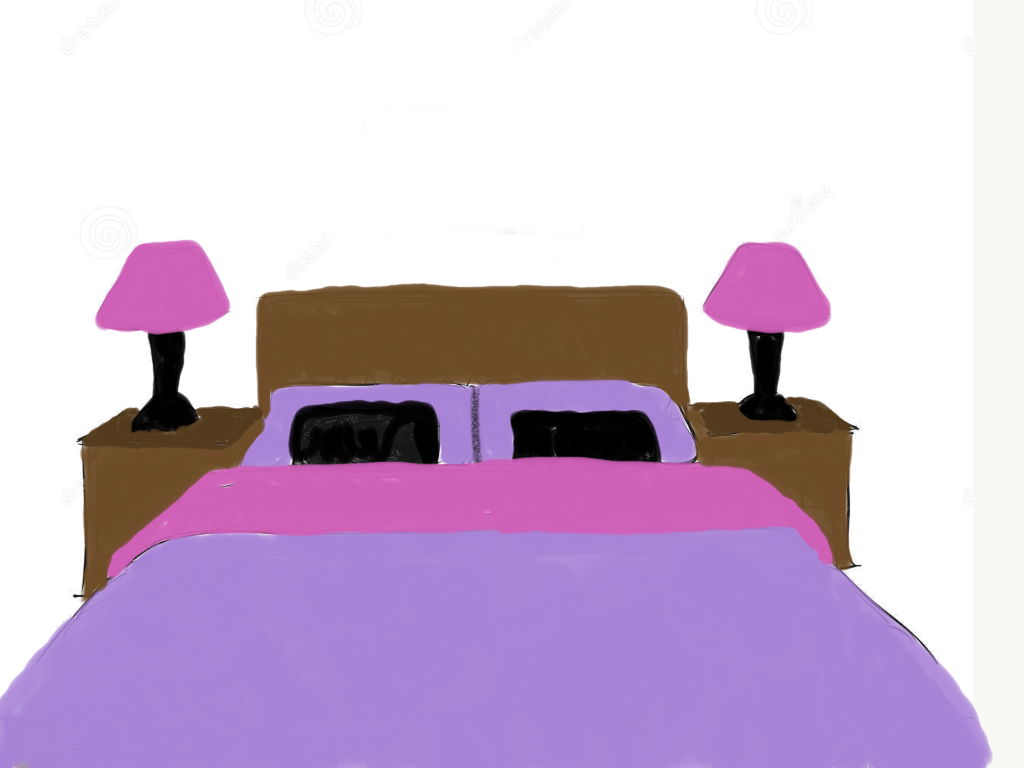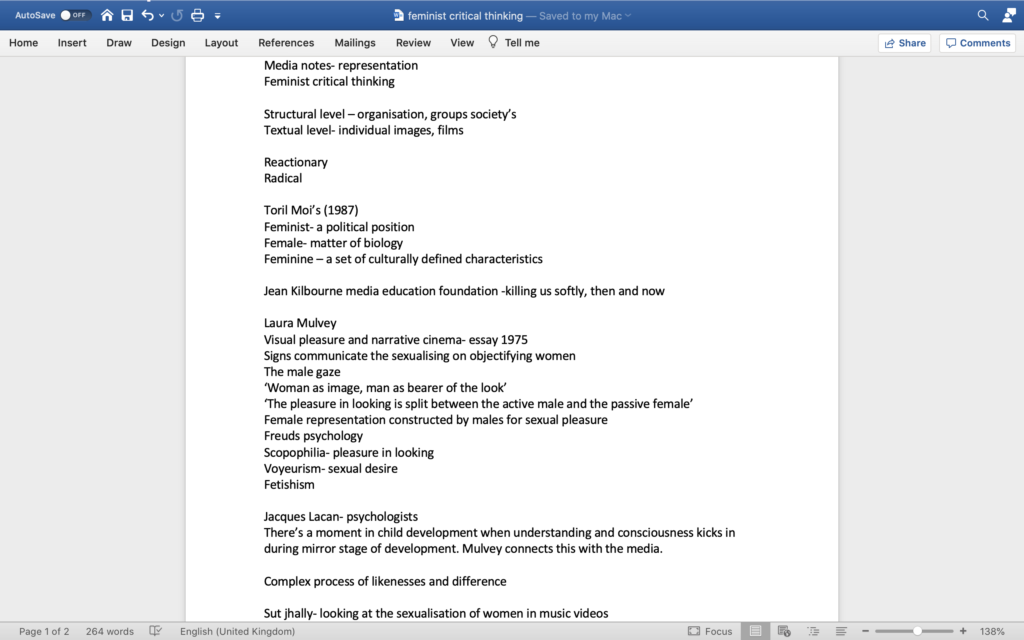Representation in terms of female
Happens at a structural level in term of industry, company, and organizations
Individual images and films how they represent female
Radical and Reactionary
Toril Moi’s (1987) crucial set of distinctions between ‘feminist’, ‘female’ and ‘feminine’
Laura Mulvey wrote an essay called Visual pleasure and narrative cinema = Visual pleasure, signs of visual pleasure, ‘women as image, man as bearer of the look’, male gaze. ‘ pleasure in looking is split between the active male and passive women’ creates a male fantasy of female. Constructed around male ideology. SCOPOPHILIA- nature pleasure in looking. vouyerism – sexual pleasure gained in looking. Fetishising.
Jacques Lacan ‘this mirror moment’, highlight the parallel between the mirror stage of child development. A complex process of likeness and difference.
MUSIC VIDEO= women sexualized, the late 60s is the second wave of feminism.
RANCH CULTURE
Performers believe they are powerful owners of their own sexuality – Hendry & Stephenson
INTERSECTIONALITY; QUEER THEORY – a pluralistic approach, 3rd and 4th wave feminism.
JUDITH BUTLER
BELL HOOKS – cultural criticism
JEAN KILBOURNE – internationally recognized for her work on the image of women in advertising
- 2ND WAVE OF FEMINISM
- Work on how women are sexualised in advertising and photo shopped to create unrealistic representations. Effecting the ideas of young girls and women. Also men and sexualized now but less during the second wave of feminism.
- Young girls view on themselves are changed and can cause mental health issues and disorders due to the advertising published.
- The advertising in the media subconsciously effects everyone.
- ‘Turning a human being into a thing, an object, is almost always the first step towards justifying violence against that person. It is very difficult, perhaps impossible, to be violent to someone we think of as an equal, someone we have empathy with, but it is very easy to abuse a thing’ Jean Kilbourne


